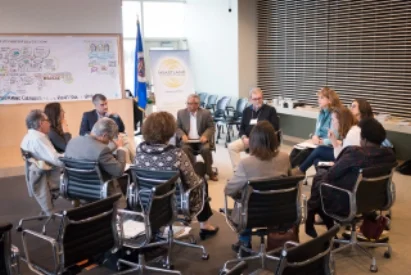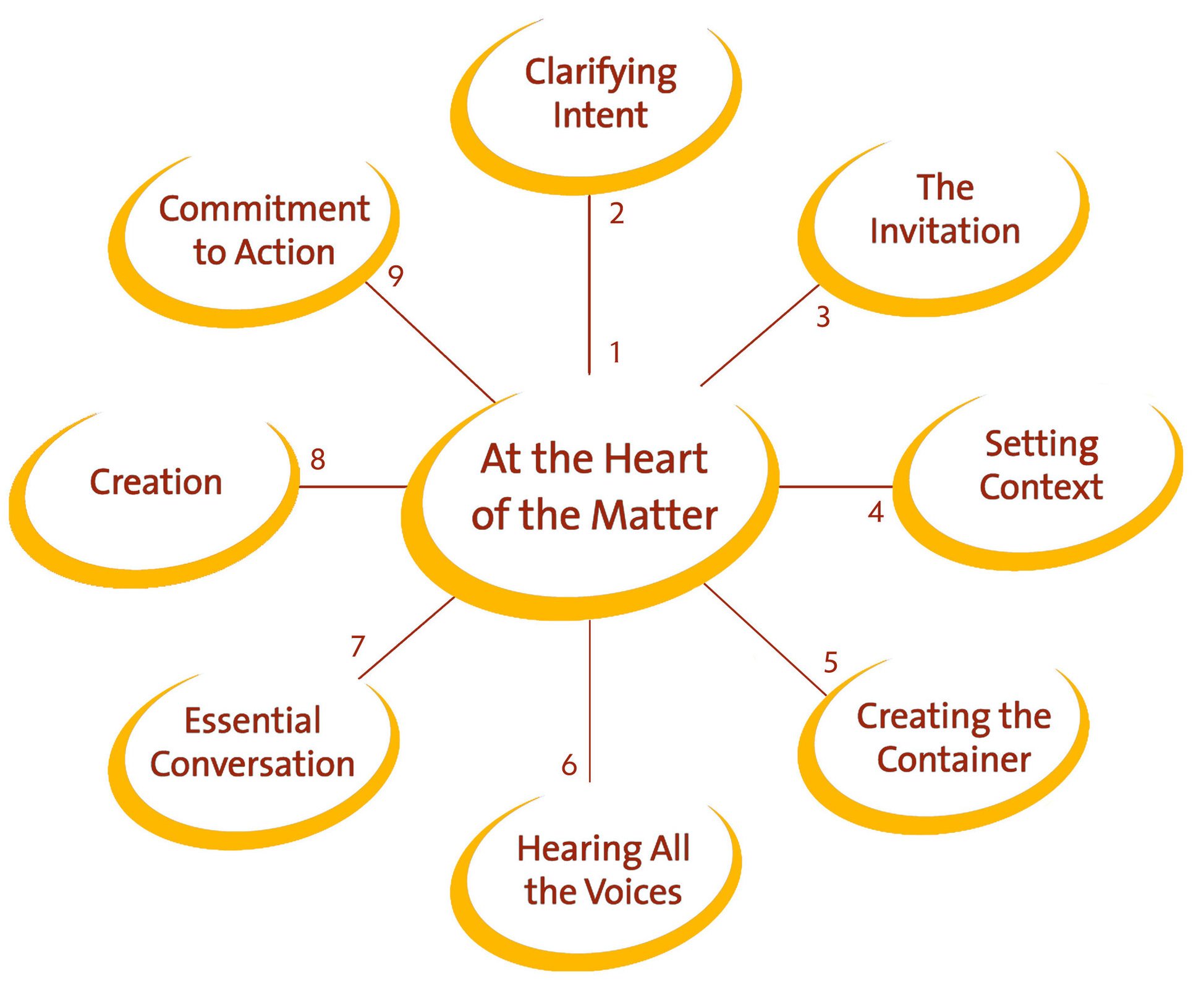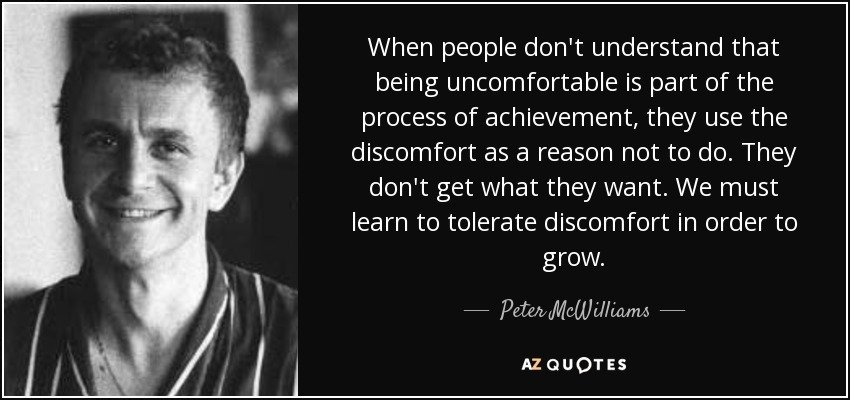Welcome to the CPL blog where we bring leading-edge thinking and stories of purpose in action. You can count on learnings and brilliance gleaned from our work with Purposeful Leaders around the globe. As authors of The Art of Convening™, we explore how convening brings your purpose alive.
The Nature of Leadership, Engagement and The Art of Convening
/photo credit: Daniel Scotton
"Convening leaders create and manage the social space within which citizens get deeply engaged. Through this engagement, citizens discover that it is in their power to resolve something or at least move the action forward."
A blog interview with Bob Nordquist demonstrated the impact of convening when one is willing to take a big risk based on being in touch with core purpose. In Bob's case, it was the courage to risk his credibility by introducing a new business meeting design based on collaborative principles.
CPL friend and mentor, Peter Block speaks eloquently about the courageous nature of leader as convener in the piece below:
Leadership is Convening
The following is an excerpt from Community: The Structure of Belonging, by Peter Block, Berrett-Koehler Publishers, May 2008.
In communal transformation, leadership is about intention, convening, valuing relatedness, and presenting choices. It is not a personality characteristic or a matter of style, and therefore it requires nothing more than what all of us already have.
This means we can stop looking for leadership as though it were scarce or lost, or it had to be trained into us by experts. If our traditional form of leadership has been studied for so long, written about with such admiration, defined by so many, worshipped by so few, and the cause of so much disappointment, maybe doing more of all that is not productive. The search for great leadership is a prime example of how we too often take something that does not work and try harder at it. I have written elsewhere about reconstructing a leader as the social architect.
Not a leader as a special person, but a leader as a citizen willing to do those things that have the capacity to initiate something new in the world. In this way, leader belongs right up there with cook, carpenter, artist, and landscape designer. It is a capacity that can be learned by all of us, with a small amount of teaching and an agreement to practice. The ultimate do-it-yourself movement.
Community building requires a concept of the leader as one who creates experiences for others––experiences that in themselves are examples of our desired future. The experiences we create need to be designed in such a way that relatedness, accountability, and commitment are every moment available, experienced, and demonstrated. David Isaacs of the World Café calls this “relational leadership.”
This concept of leadership means that in addition to embracing their own humanity, which is the work of every person, the core task of leaders is to create the conditions for civic or institutional engagement. They do this through the power they have to name the debate and design gatherings. We use the term gathering because the word has different associations from what we think of when we say “meeting.” Most people do not even like meetings, and for good reason. They are frequently designed to explain, defend, express opinions, persuade, set more goals, and define steps––the result of which is to produce more of what currently exists. These kinds of meetings either review the past or embody the belief that better planning, better managing, or more measurement and prediction can create an alternative future. So the word gathering is intended to distinguish what we are talking about here, something with more significance than the common sense of the meeting.
Engagement Is the Point
Leadership begins with understanding that every gathering is an opportunity to deepen accountability and commitment through engagement. It doesn’t matter what the stated purpose of the gathering is. Each gathering serves two functions: to address its stated purpose, its business issues; and to be an occasion for each person to decide to become engaged as an owner. The leader’s task is to structure the place and experience of these occasions to move the culture toward shared ownership.
Photo credit: pexels.com
This is very different from the conventional belief that the task of leadership is to set a vision, enroll others in it, and hold people accountable through measurements and reward. Consider how most current leadership trainings assert the following:
Leader and top are essential. They are role models who need to possess a special set of personal skills.
The task of the leader is to define the destination and the blueprint to get there.
The leader’s work is to bring others on board. Enroll, align, inspire.
Leaders provide the oversight, measurement, and training needed (as defined by leaders).
Each of these beliefs elevates leaders as an elite group, singularly worthy of special development, coaching, and incentives. All of these beliefs have face validity, and they have unintended consequences. When we are dissatisfied with a leader, we simply try harder to find a new one who will perform more perfectly in the very way that led to our last disappointment. This creates a level of isolation, entitlement, and passivity that our communities cannot afford to carry.
The world does not need leaders to better define issues or to orchestrate better planning or project management. What it needs is for the issues and the plans to have more of an impact, and that comes from citizen accountability and commitment. Engagement is the means through which there can be a shift in caring for the well-being of the whole, and the task of a leader as convener is to produce that engagement.
The Art of Convening
The shift is to believe that the task of leadership is to provide context and produce engagement, to tend to our social fabric. It is to see the leader as one whose function is to engage groups of people in a way that creates accountability and commitment. In this way of thinking we hold leadership to three tasks:
Create a context that nurtures an alternative future, one based on gifts, generosity, accountability, and commitment.
Initiate and convene conversations that shift people’s experience, which occurs through the way people are brought together and the nature of the questions used to engage them.
Listen and pay attention.
Convening leaders create and manage the social space within which citizens get deeply engaged. Through this engagement, citizens discover that it is in their power to resolve something or at least move the action forward.
Engagement and the accountability that grows out of it occurs when we ask people to be in charge of their own experience and act on the well-being of the whole. Leaders do this by naming a new context and convening people into new conversations through questions that demand personal investment. This is what triggers the choice to be accountable for those things over which we can have power, even though we may have no control.
In addition to convening and naming the question, we add listening to the critical role of leadership. Listening may be the single most powerful action the leader can take. Leaders will always be under pressure to speak, but if building social fabric is important, and sustained transformation is the goal, then listening becomes the greater service.
This kind of leadership––convening, naming the question, and listening––is restorative and produces energy rather than consumes it. It is leadership that creates accountability as it confronts people with their freedom. In this way, engagement-centered leaders bring kitchen table and street corner democracy into being.
Using Convening to Transform Company Culture (this is a duplicate to the post RH already made in June)
/PHoto credit: craig neal
With family in town, I'm thinking about how to create a positive future for all people, whether their path takes them into the business world or not. An equitable workplace is on my mind. I worry that it might not be possible to spark shifts in company cultures that dissolve the glass ceiling and create inclusion for people looking to advance. And, I hope that such corporate transformations are already happening.
This is why convening matters. Convening provides a platform for inner and outer work, critical to knowing self as an effective and enduring leader.
In this important annual conversation - relevant for anyone who is making forward-thinking business decisions, has a daughter or son or knows someone rising through the ranks, Heartland and St. Catherine University will relay how company culture impacts women’s corporate advancement in Minnesota and why having men at the table matters.
June 10th will be a day of rich learning and action-oriented outcomes. We’d love to see you there. Register here.







![[Hearth] Voices from Ukraine: Part 2](https://images.squarespace-cdn.com/content/v1/58a4e3be9de4bb98b066fd6f/1647955546471-VUGA4FCGFEUYJ29TEQVA/sunforest-mix-sunflower-types-1586794598.jpeg)



















